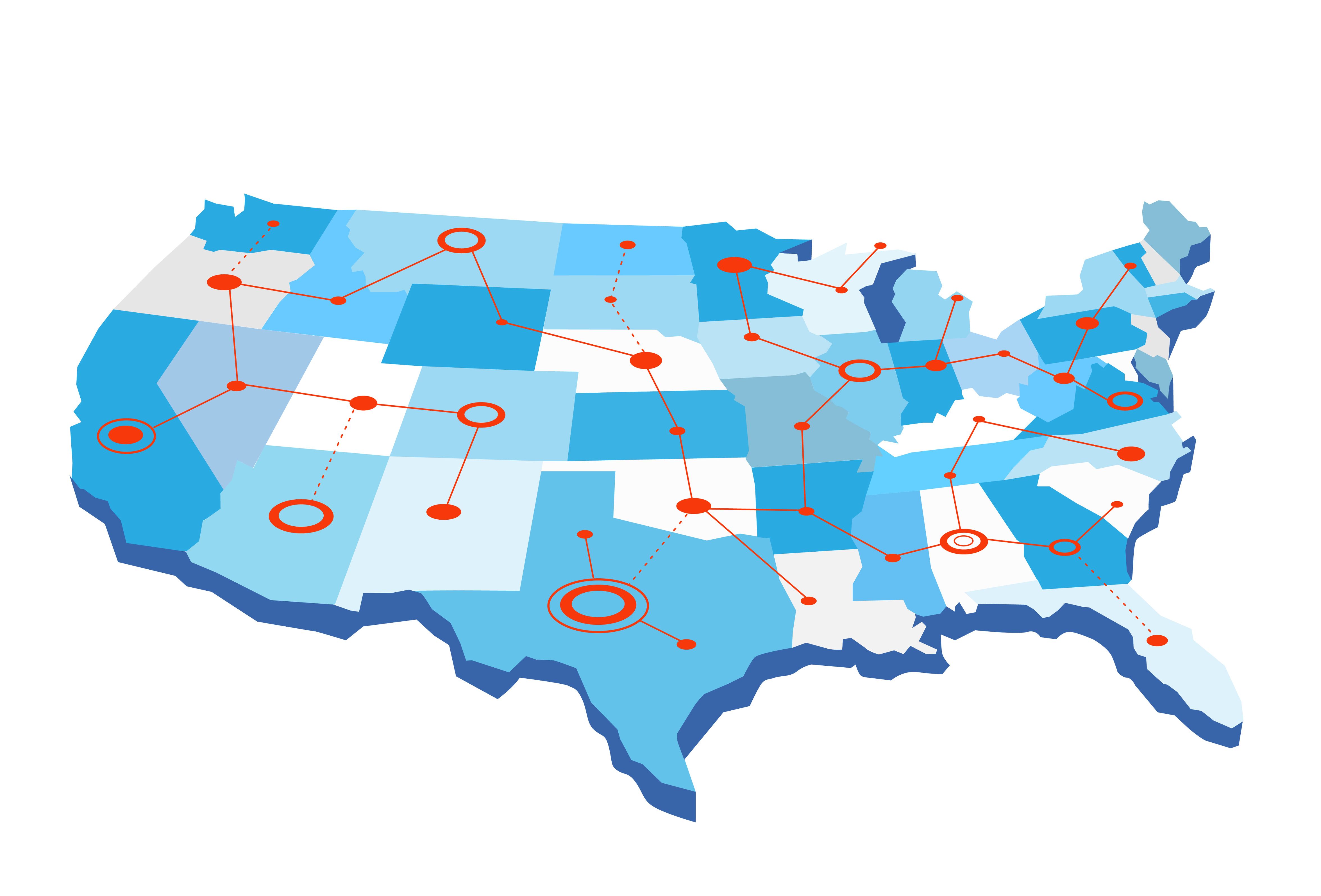- Center on Health Equity & Access
- Clinical
- Health Care Cost
- Health Care Delivery
- Insurance
- Policy
- Technology
- Value-Based Care
CMMI's Latest Payment Models Address Health Disparities, but Challenges Remain
"As CMMI continues to test new equity adjustments, it is important that changes be grounded in scientific principles with extensive testing and validation to ensure the tightest linkage to social needs and health outcomes for underserved communities across the entire US," authors wrote.
The federal government has been increasing efforts to tackle health care disparities by linking payment models with social determinants of health.1 In July, The Center for Medicare and Medicaid Innovation (CMMI) announced a new area-level Accountable Care Organization Realizing Equity, Access, and Community Health (ACO REACH) measure for program year (PY) 2025, replacing the PY2024 blended national/state Area Deprivation Index (ADI).
Although new policy changes offer promise, the latest adjustments reflect a complex landscape where some regions benefit more than others.
Image Credit: Hurca! - stock.adobe.com

CMMI has introduced several models over the past few years to address health disparities; the ACO model adjusts funding based on the social needs of patients. Although these changes offer promise, the latest adjustments reflect a complex landscape where some regions benefit more than others, according to a recent evaluation published in JAMA Health Forum, which calls for ongoing refinement in policy design.
ACO REACH Model and the Health Equity Benchmark Adjustment
The authors outlined central initiatives like CMMI's ACO REACH model, which includes a novel Health Equity Benchmark Adjustment (HEBA). The HEBA utilizes both individual- and area-level social formula components to allocate additional funding to ACOs serving beneficiaries with the highest social need rankings. Conversely, ACOs with lower rankings see reduced financial support, reflecting a strategic effort to direct resources where they are most needed.
Safety-net provider participation in health equity–focused initiatives doubled in 2023 and increased by an additional 25% in 2024, an earlier article from Health Affairs reported.2 Simultaneously, several models were announced with the objective of improving Medicaid care and outcomes for underserved beneficiaries. These include the Transforming Maternal Health and Cell and Gene Therapy Access Models, both solely Medicaid focused, and the Making Care Primary, Innovation in Behavioral Health, and States Advancing All-Payer Health Equity Approaches and Development Models, which also integrate key Medicaid components.
Evolution of the HEBA Formula
In PY2023, CMMI used a 100% national ADI as the area-level metric in the HEBA formula.1 Responding to stakeholder feedback and aiming to better target underserved beneficiaries in high-cost areas, CMMI transitioned to a blended metric comprising 50% national and 50% state ADI for PY2024. This adjustment aimed to enhance the accuracy of resource allocation by considering more localized socioeconomic data.
Analysis of Policy Impacts
An analysis evaluated the impact of these policy changes on 235,947 census block groups across the nation. Key findings revealed that approximately 25.8% of block groups experienced financial adjustments based on the updated HEBA formula.
Areas with the highest percentages of block groups facing negative adjustments included Puerto Rico (74.0%), Mississippi (60.0%), West Virginia (54.1%), Arkansas (53.5%), and Oklahoma (42.1%), indicating ongoing disparities in resource allocation.
The highest-ranking states with positive financial adjustments consisted of California (45.0%); Hawaii (43.6%); Washington, DC (39.1%); Massachusetts (38.2%); and New York (36.1%).
Metropolitan Area Insights
Further analysis focused on the 50 largest metropolitan areas indicated to have varied impacts. While some, like New York and Los Angeles (99.7% of combined percentage block groups), predominantly saw improvements in their block group rankings under the PY2024 formula, others, such as Chicago (72.4%), Dallas (87.8%), and Houston (85.0%), experienced declines, demonstrating the nuanced regional effects of national policy adjustments.
Equity and Policy Frameworks
Critically, the 2024 HEBA changes favored Northeastern and Western coastal states over the South and Midwest, raising concerns about alignment with national needs and standards.
“As CMMI continues to test new equity adjustments, it is important that changes be grounded in scientific principles with extensive testing and validation to ensure the tightest linkage to social needs and health outcomes for underserved communities across the entire US,” the authors wrote. “Stakeholder input is important, but not all stakeholders have the same policy influence. Decisions based on smaller geographies or specific metropolitan areas in isolation of the entire nation should be avoided. A robust scientific framework could broadly inform policy across CMMI programs.”
References
1. Powell WR, Chamberlain L, Buckingham WR, et al. Evaluating policy changes for adjusting payment to address health disparities. JAMA Health Forum. 2024;5(9):e242905. doi:10.1001/jamahealthforum.2024.2905
2. Rawal P, Seyoum S, Fowler E. Advancing health equity through value-based care: CMS Innovation Center update. Health Affairs Forefront. June 4, 2024. doi:10.1377/forefront.20240603.385559
